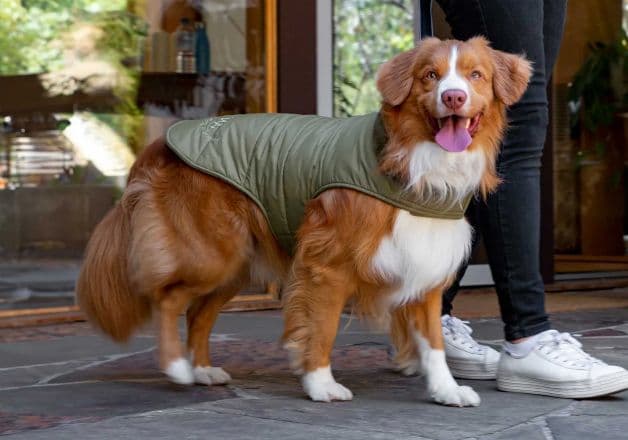
When to Start Rugging Your Horse for Winter
Rugging to Slow Winter Growth
We get asked this question often: when should you start rugging your horse to slow the growth of their winter coat? You might be surprised how early in the season you need to begin.
Some owners and handlers prefer their horses to maintain relatively short coats, especially show horses. Timing is essential, as rugging influences coat growth by counteracting a horse’s biological response to shorter daylight hours. Horses naturally grow thicker coats as days get darker and colder, but this can be managed with early rugging or even by keeping horses under stable lights for a few extra hours each evening.
Starting in early February is ideal. Many owners use the Australia Day long weekend as a trigger to start the evening rugging routine. Around this time, horses often begin shedding their old coats to make way for new winter growth.
Practical Rugging Tips
To save money and help your horse maintain a balanced diet, rugging can also reduce the need for additional feed. Horses eat more to produce the energy required to maintain body temperature in winter, but rugs help them conserve warmth efficiently.
Owners and handlers can start with light rugging and gradually increase the intensity according to outdoor temperatures and how their horses are feeling. Depending on your local climate, the days may be hot, but the nights cooler – hence, you should also alternate between using lighter horse rugs (like cotton ripstop or fly mesh) during the day and heavier rugs at night. But you can adjust rugging as needed to suit local conditions and your horse’s breed or type.
Monitoring Your Horse's Comfort
You may be concerned that the rugs are making their horses feel uncomfortable. Indeed, there is always a risk that the horse will feel too warm, or begin to overheat. Fortunately, horses can communicate how they feel through their behavior and their body language. When horses are getting too hot, they get thirstier and they can often barely sit still.
You can also check for signs of heavy sweating, especially at the horse's ribs and shoulders. Horses will visibly shiver when they're feeling too cold. Cold ears are another dead giveaway for horses being uncomfortably cold in general, as is any sign that the horse is on edge or seeking a source of heat.
Every horse communicates differently, so watch for individual behavioral cues. Over time, you’ll become more attuned to your horse’s body language. As a general rule, starting with lighter rugs minimizes discomfort, and your horse will usually let you know if adjustments are necessary.
Caribu has you covered with a range of rugs, perfect for helping your horse transition from summer to winter.


